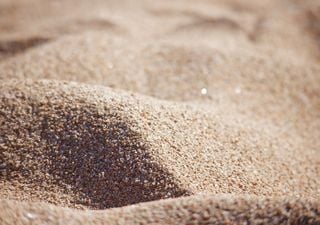
A new study calls for more attention and action surrounding sand mining and its effects on the environment.

A new study calls for more attention and action surrounding sand mining and its effects on the environment.
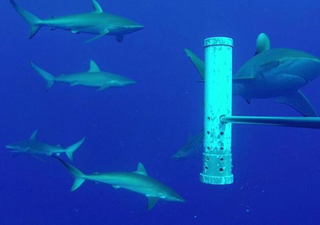
New research describes how under the sea mountains are key locations for ocean predators – with 41 times more sharks using them as a hub rather than the open ocean.
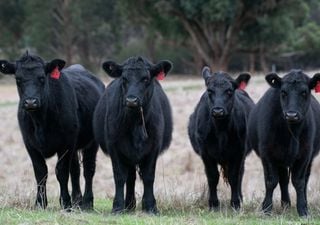
New research conducted by animal scientists at the University of California analyses grazing behaviours within cattle. This study is the third in a series of papers published on this subject.
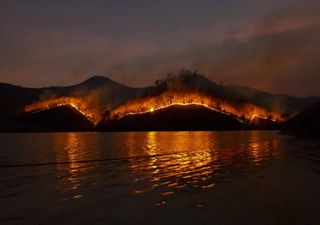
A new study by University of Arizona researchers and USDA Forest Service's Rocky Mountain Research Station reveals new insights into North American forest fires.
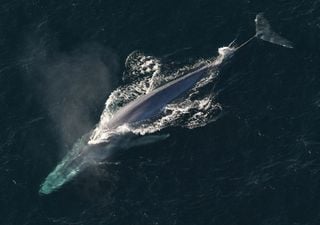
In a new study published in the journal Marine Mammal Science, scientists reveal that some species of baleen whales can call at such low frequencies killer whales cannot hear.

Discovery of the tomb in 2022 is the first royal tomb to be discovered in the location of Luxor since the discovery of Tutankhamun in 1922.

In a new study published in The Astrophysical Journal Supplement Series, researchers find that fluctuations in starlight due to hotter or colder regions on the star’s surface could distort the interpretations of planets.
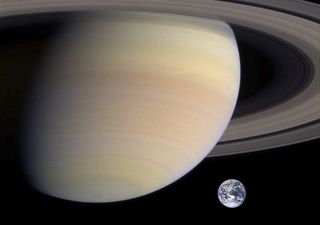
Searching for alien life may be more difficult than we previously thought, suggests a new study.
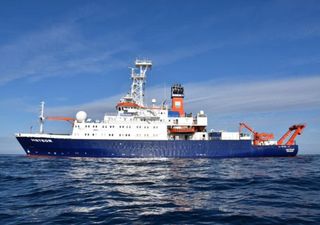
A new study published in the journal Communications Earth & Environment describes how human activity in the region of the Aegean Sea resulted in lead contamination 5,200 years ago.
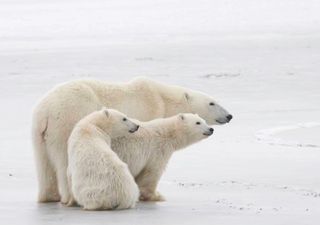
In a new study published in the journal Science, researchers describe how the decline in polar bear numbers is due to a lack of food, which is preventing them from getting enough energy.

A new study published in the journal Biology explores how global warming is affecting the diversity of sharks and rays.
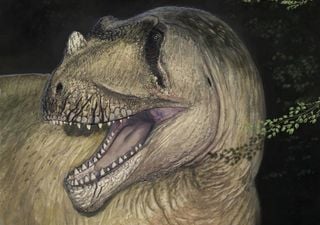
A new predatory dinosaur from North Africa revealed, using newly found photographs of a destroyed fossil.
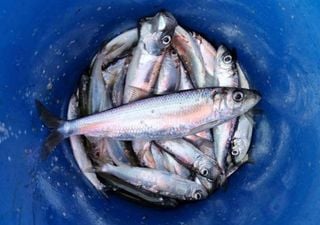
A new large herring observed in the Baltic Sea shows evidence of switching from a plankton diet to a fish diet, says new study.

A new study challenges the previous theories surrounding dark energy and the expansion of the Universe.

A new study unveils the truth about micro and nano plastics within common household items such as various teabags commercially available and how these interact with the human body.

New archaeological discoveries from the Cave of Los Murciélagos in Albuñol shed light on ancient archery techniques and practices.
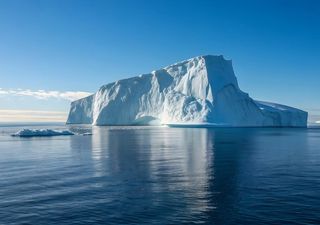
Depending on the time of year, seals will choose different icebergs which are more suitable for activities such as raising young or moulting.

A new research project is investigating new methods in which to quantify how quickly different plastics biodegrade after they enter the environment.
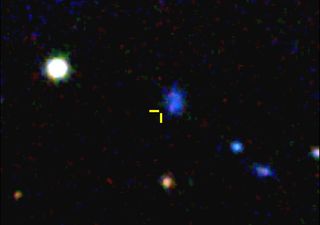
A new study published in the journal The Astrophysical Journal, led by an international team of researchers, has revealed new observations of an unusual supernova and the most metal-poor stellar explosion ever observed.
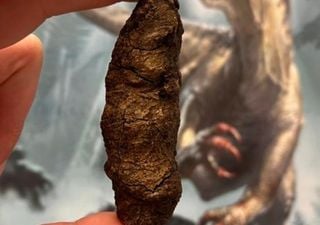
A new study which studied hundreds of fossil faeces samples sheds light on the first 30 million years of dinosaur evolution and highlights the importance of understanding how the first dinosaurs during the Late Triassic were successful.